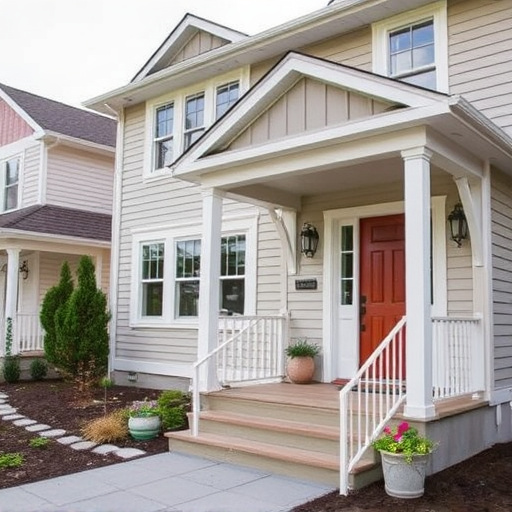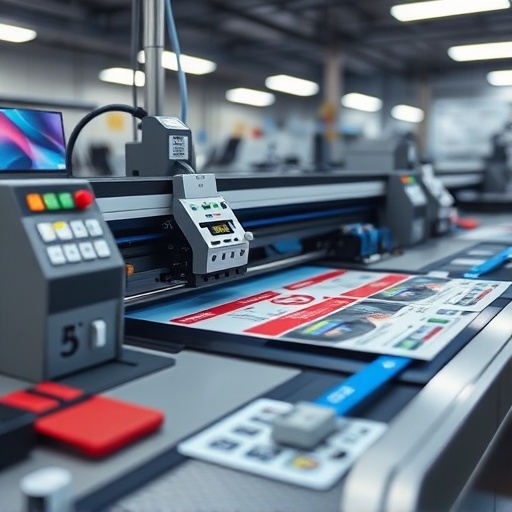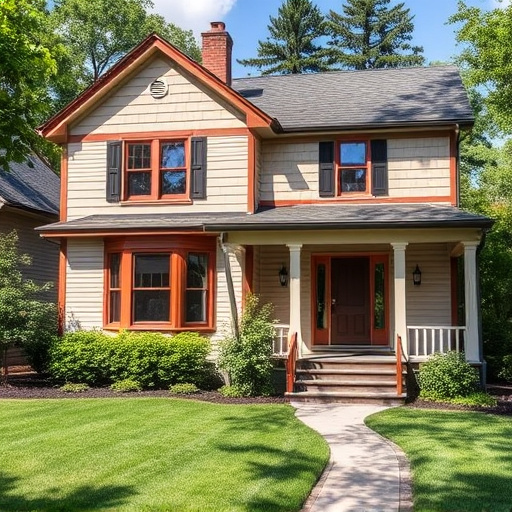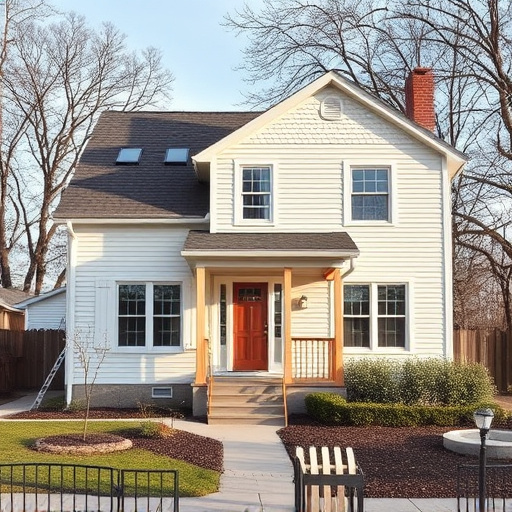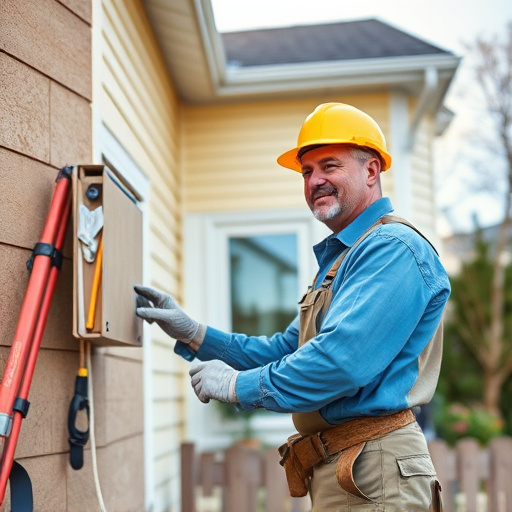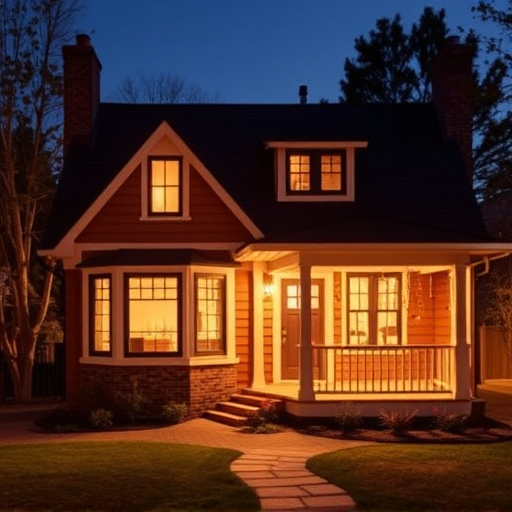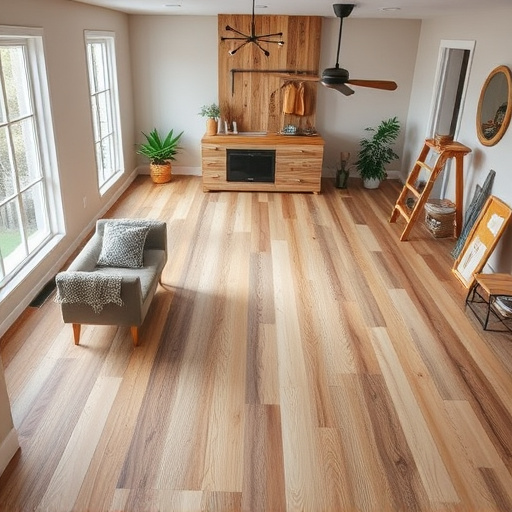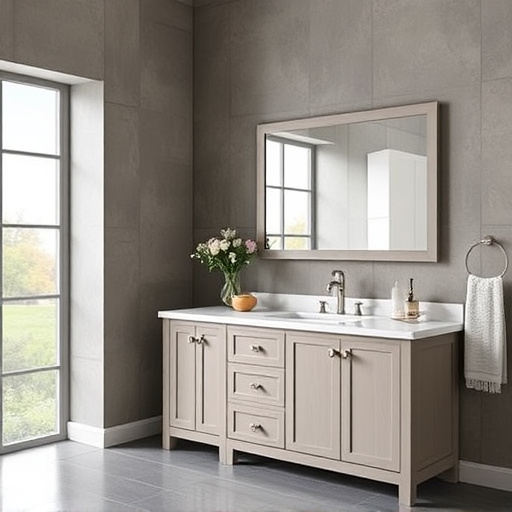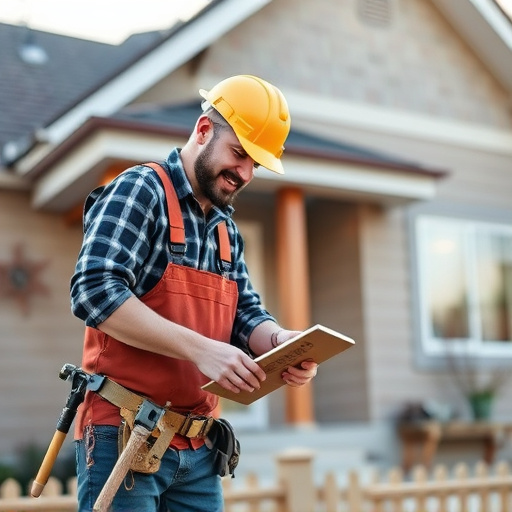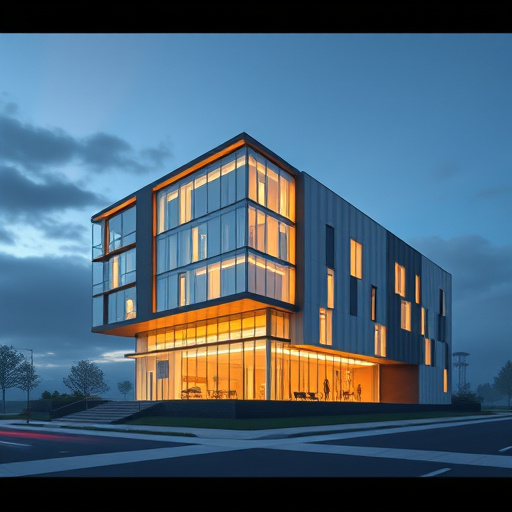Smart home technology is reshaping building design, offering personalized comfort, security, and efficiency through automation and connected devices. Features like automated lighting, climate control, and weather-responsive designs cater to individual needs. Additionally, smart homes enable remote access, advanced energy management, and sustainable practices. The future of construction emphasizes adaptability, environmental harmony, and modern lifestyles, with a focus on integrating renewable energy and smart automation systems for self-sufficient living.
“Revolutionize your living with Building Design Innovations in Smart Home Integration. Explore how cutting-edge technology seamlessly merges with architecture, unlocking new potential in home design. Discover innovative features and spaces that redefine comfort and efficiency. Learn sustainable and automated strategies ensuring future-proof homes. Unlocking potential, merging technology with architecture—it’s time to transform your space.”
- Unlocking Potential: Smart Home Integration in Building Design
- Technology Meets Architecture: Innovative Features and Spaces
- Future-Proofing Homes: Sustainability and Automation Strategies
Unlocking Potential: Smart Home Integration in Building Design
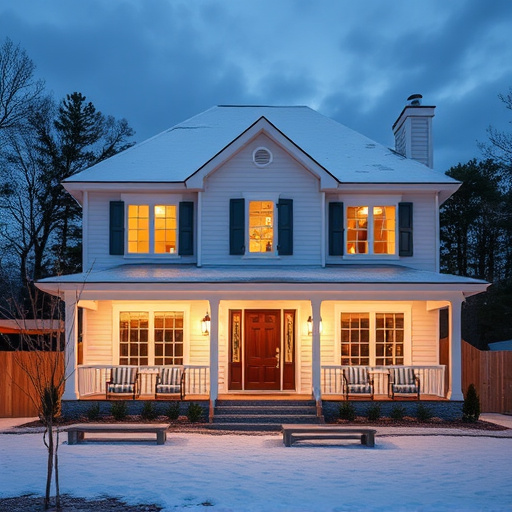
The integration of smart home technology into building design is unlocking new potential for both architects and homeowners. By seamlessly incorporating sensors, automation, and connected devices, buildings can adapt to their occupants’ needs, enhancing comfort, security, and efficiency. Imagine a kitchen and bath that adjust lighting, temperature, and humidity based on your preferences, or an exterior painting that changes colors with the weather or time of day. This level of personalization and functionality transforms homes into truly modern living spaces.
Furthermore, smart home integration offers opportunities for innovative home improvement services. From remote access control to advanced energy management systems, these features not only improve quality of life but also contribute to sustainability. Whether it’s through automated window treatments or intelligent HVAC systems, building design is evolving to meet the demands of a digitally connected world, promising exciting possibilities for future construction projects.
Technology Meets Architecture: Innovative Features and Spaces
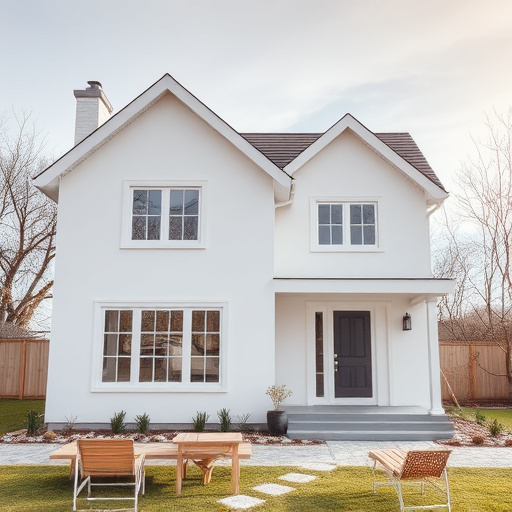
In the fusion of technology and architecture, building design innovations are reshaping how we interact with our homes. Smart home integration has turned architectural visions into functional spaces that adapt to our needs. From automated lighting systems that adjust to natural light availability to voice-controlled climate control, these features enhance comfort and convenience. The interplay of technology and aesthetics is evident in everything from sleek, modern kitchen designs to innovative bathroom renovations, where smart mirrors and connected appliances become seamless additions.
This integration goes beyond mere amenities; it involves transforming mundane tasks into efficient experiences. For instance, floor replacements equipped with sensors can detect foot traffic, adjusting heating or cooling accordingly. As technology continues to evolve, building design is evolving alongside, creating a harmonious blend of style and functionality that promises to revolutionize how we live in our homes.
Future-Proofing Homes: Sustainability and Automation Strategies
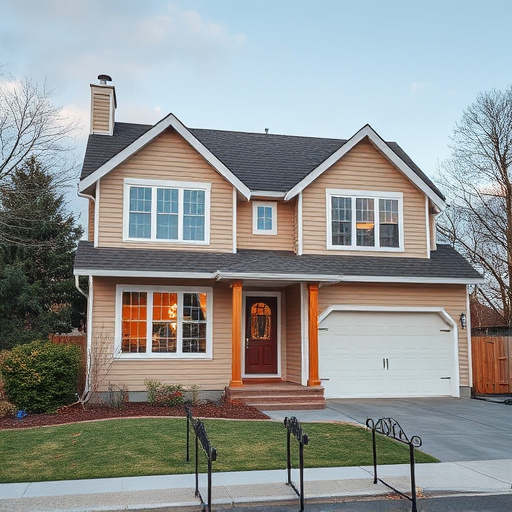
As the world moves forward, embracing sustainable and automated solutions is no longer an option but a necessity for future-proofing homes. Building design plays a pivotal role in this transformation, focusing on creating structures that adapt to the evolving needs of their occupants while minimizing environmental impact. Incorporating renewable energy sources, such as solar panels or wind turbines, into building designs becomes increasingly common, enabling self-sufficiency and reducing carbon footprints.
Home renovation projects are not just about aesthetics anymore; they encompass a holistic approach to functionality and sustainability. Customized work that integrates smart home automation systems enhances efficiency by allowing for controlled lighting, temperature, and security. This not only adds convenience but also ensures optimal resource utilization. By prioritizing functional spaces that cater to modern lifestyles, builders and designers contribute to creating homes that are both technologically advanced and environmentally harmonious.
Building design is undergoing a remarkable transformation with smart home integration, where technology seamlessly intertwines with architecture. By leveraging innovative features and prioritizing sustainability alongside automation, we’re future-proofing homes to be more efficient, connected, and adaptable. As these advancements continue to evolve, the potential for enhanced living spaces becomes increasingly limitless, shaping a new era of building design that promises comfort, convenience, and a greener planet.

